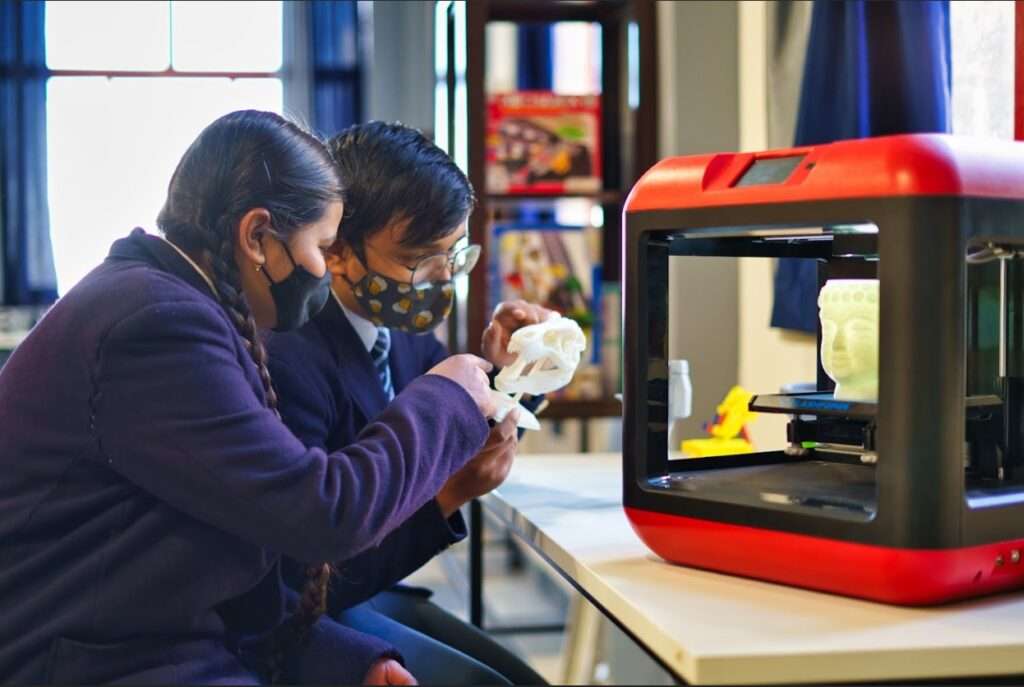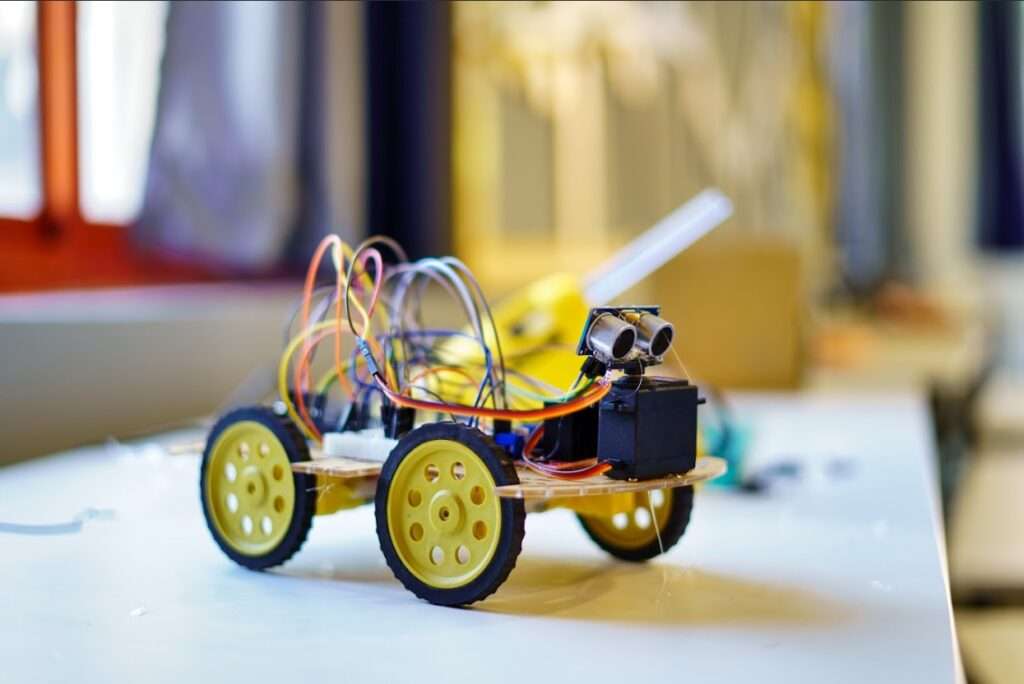In the ever-evolving landscape of education, social media has emerged as a powerful tool with the potential to revolutionise the way STEM (Science, Technology, Engineering, and Mathematics) subjects are learned and engaged with. With its vast reach and interactive nature, social media platforms offer a unique opportunity to connect learners with educators, experts, and peers from around the world, fostering a collaborative and engaging environment for STEM education.
The Impact of Social Media on STEM Learning
Social media has the potential to significantly impact STEM learning in several ways. First, it can provide students with access to a wealth of educational resources, including videos, articles, and interactive simulations. These resources can be used to supplement traditional classroom learning or to explore STEM topics in greater depth. Second, social media platforms can facilitate collaboration and communication between students and educators. This can help to create a more supportive and engaging learning environment, where students feel empowered to ask questions, share ideas, and seek help from others. Finally, social media can be used to promote critical thinking and problem-solving skills. By engaging with diverse perspectives and analysing information from multiple sources, students can develop the ability to evaluate evidence, identify patterns, and draw informed conclusions.
The Role of Digital Architecture in Social Media for STEM
The design and architecture of social media platforms play a crucial role in their effectiveness for STEM education. Platforms that are easy to navigate and use, and that provide a variety of features for creating and sharing content, are more likely to be successful in engaging students. Additionally, platforms that prioritise quality and accuracy of information can help to ensure that students are exposed to credible and reliable STEM content.
Engagement and Knowledge-Sharing on Social Media for STEM
Engagement and knowledge-sharing are key components of effective social media for STEM education. Platforms that encourage interaction between users, such as through commenting, liking, and sharing, can help to create a sense of community and belonging. Additionally, platforms that provide tools for creating and sharing original content, such as videos or blog posts, can empower students to become active participants in the STEM learning process.
Credibility and Quality of Information on Social Media for STEM
One of the challenges of using social media for STEM education is the potential for misinformation and low-quality content. It is important for educators and students to be aware of these risks and to develop strategies for evaluating the credibility of information found online. This can include checking the source of the information, looking for evidence to support claims, and comparing information from multiple sources.
Addressing Cognitive Needs Through Social Media for STEM
Social media can be used to address a variety of cognitive needs in STEM education. For example, platforms that provide opportunities for visual learning, such as through videos or infographics, can be helpful for students who learn best visually. Additionally, platforms that allow for hands-on experimentation, such as through virtual labs or simulations, can be beneficial for students who enjoy a more kinaesthetic approach to learning.
Critical Analysis and Evaluating Information on Social Media for STEM
Critical analysis is an essential skill for STEM education, and social media can provide opportunities for students to practice this skill. By engaging with diverse perspectives and analysing information from multiple sources, students can develop the ability to evaluate evidence, identify patterns, and draw informed conclusions. Additionally, social media can be used to teach students about the importance of verifying information and avoiding misinformation.
Publishing Content and Sharing Ideas on Social Media for STEM
Publishing content and sharing ideas on social media can be a powerful way for students to engage with STEM topics and demonstrate their learning. By creating and sharing original content, such as videos, blog posts, or presentations, students can showcase their knowledge and skills to a wider audience. Additionally, this can help to build confidence and self-esteem and can inspire other students to get involved in STEM.
Social Engagement and Building Community on Social Media for STEM
Social engagement and building community are essential for effective social media for STEM education. Platforms that encourage interaction between users, such as through commenting, liking, and sharing, can help to create a sense of community and belonging. Additionally, platforms that provide tools for creating and sharing original content, such as videos or blog posts, can empower students to become active participants in the STEM learning process.
Traction and Impact of Social Media for STEM
In order for social media to have a significant impact on STEM education, it is important for educators and students to use these platforms effectively. This means creating high-quality content, engaging with other users, and promoting STEM initiatives through social media. By doing so, we can help to make STEM more accessible, engaging, and relevant to a wider audience.
Be a part of STEM initiatives with Makers’Muse
Social media has the potential to be a powerful tool for STEM education, providing students with access to resources, facilitating collaboration, and promoting critical thinking. However, it is important to use these platforms effectively and to be aware of the potential challenges, such as misinformation and low-quality content. By addressing these challenges and using social media in a thoughtful and intentional way, we can help to create a more engaging and effective learning environment for STEM.
If you are interested in learning more about STEM education or in getting involved in STEM initiatives, Visit our website or sign up for one of our coding courses. We believe that everyone has the potential to be a maker, and we are committed to providing accessible and engaging STEM education opportunities for all.















